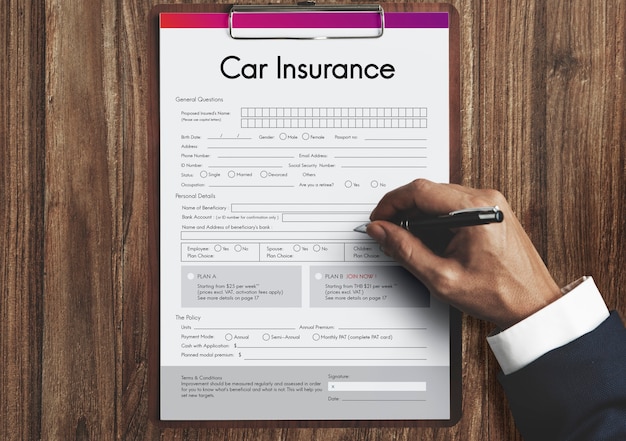
Exploring High Risk Auto Insurance Costs, Companies, and Coverage
High risk auto insurance is a specialized type of coverage designed for drivers who are considered to pose a higher risk to insurers. This can include individuals with a history of traffic violations, accidents, or those who have been convicted of DUI offenses. The costs associated with high risk auto insurance can be significantly higher than standard policies, making it essential for drivers to understand their options. This article delves into the intricacies of high risk auto insurance, covering costs, companies, and available coverage options.
Understanding High Risk Auto Insurance Costs
The cost of high risk auto insurance is influenced by several factors. Insurance providers calculate premiums based on the perceived risk of insuring a driver. Some key factors affecting costs include:
- Driving Record: Past violations and accidents increase the cost of high risk insurance.
- Credit Score: A lower credit score can result in higher premiums.
- Location: Urban areas with high traffic congestion generally incur higher rates.
- Age and Experience: Younger, less experienced drivers may face higher costs.
Read more about this topic at this link.
Companies Offering High Risk Auto Insurance
Numerous insurance companies cater to high risk drivers, offering tailored policies to meet their unique needs. When selecting a provider, consider the following:
- Reputation: Research company reviews and ratings.
- Coverage Options: Ensure the company offers the coverage you require.
- Discounts: Inquire about available discounts for defensive driving courses or vehicle safety features.
- Customer Service: Evaluate the quality of customer support.
Learn more in this detailed guide on selecting the right company for your needs at this link.
Coverage Options for High Risk Drivers
Standard Coverage
High risk auto insurance typically includes standard coverage components such as:
- Liability Coverage: Covers bodily injury and property damage to others.
- Collision Coverage: Pays for damages to your vehicle in an accident.
- Comprehensive Coverage: Protects against non-collision incidents like theft or natural disasters.
Additional Coverage
In addition to standard coverage, high risk drivers might consider additional options:
- Uninsured Motorist Coverage: Protects against accidents with uninsured drivers.
- Personal Injury Protection: Covers medical expenses regardless of fault.
- Roadside Assistance: Provides support for breakdowns and emergencies.
Explore further insights here at this link.
Strategies to Lower High Risk Auto Insurance Costs
Although high risk insurance can be costly, there are strategies to potentially reduce premiums:
- Improve Driving Habits: A clean record over time can lower rates.
- Enhance Credit Score: Work on improving your credit for better rates.
- Compare Quotes: Shop around for competitive pricing.
- Bundle Policies: Combine auto insurance with other policies for discounts.
Find additional information here at this link.
Conclusion
High risk auto insurance serves as a crucial safety net for drivers with challenging driving records or other risk factors. By understanding the costs, selecting the right company, and exploring various coverage options, drivers can make informed decisions that best suit their needs. Additionally, adopting strategies to lower insurance costs can make high risk auto insurance more affordable. For further details and insights, consider visiting this resource.